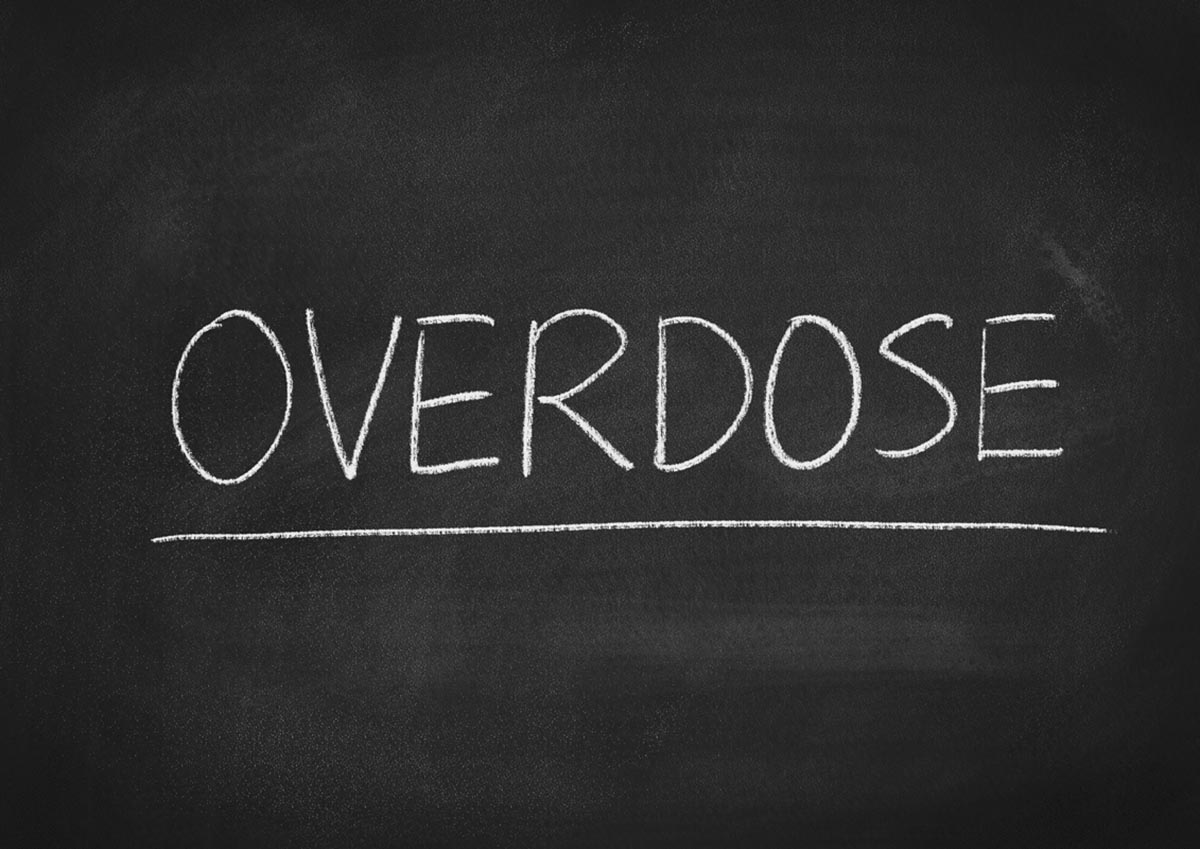Tens of thousands of people in the U.S. die from opioid overdoses each year, including heroin overdoses. Thankfully, those numbers have decreased slightly due to the broader availability of life-saving drugs like Narcan. However, Narcan is no substitute for a heroin addiction treatment program. While it can reverse a heroin overdose, it does not treat the addiction, and a person will likely continue to use it.
At BrightView, we know that getting through a heroin overdose can take a toll on you. We are here to help you address your heroin dependence with medication assisted treatment, therapy, and support so that you can begin recovery. When you are ready to end the cycle of heroin use, give our team a call at 888.501.9865.
Warning Signs and Symptoms of Heroin Use
Knowing the signs and symptoms of heroin use and intervening as early as possible is critical to preventing the severe and life-threatening risks associated with it, such as overdose. Warning signs and symptoms of heroin use include:
- Slurred speech
- Poor coordination
- Pinpoint pupils
- Changes in sleep patterns
- Loss of appetite
- Weight loss
- Confusion or disorientation
- Depression
- Agitation
- Nausea and vomiting
- Anxiety or paranoia
- Paraphernalia in personal spaces
- Financial problems
- Problems at home, work, or school
- Lack of motivation
- Isolating from family and friends
- Scabs or sores on arms
If you or someone you know is exhibiting any of these signs and symptoms, it’s important to get professional help as soon as possible. Heroin abuse can have serious physical and psychological effects, so it’s vital to take action quickly.
One of these risks is overdose, which can be life-threatening.
What Does a Heroin Overdose Look Like?
If you or someone you know is using heroin, it is crucial to be familiar with the signs of a heroin overdose. Awareness of heroin overdose symptoms can empower you to get the help needed quickly to prevent a fatal overdose. Be alert for the following signs of heroin overdose:
- Difficulty breathing
- Bluish tint to lips
- Floppy arms
- Pinpoint pupils
- Extreme sleepiness or unconsciousness
Witnessing or experiencing a heroin overdose can be frightening, but it is vital to seek emergency care right away to save the life of yourself or someone else. Heroin overdose is not necessarily rapid, but the symptoms may often be overlooked, leading to an urgent situation. That is why you must know what to look for and how to take appropriate action.
Can You Reverse a Heroin Overdose?
It is possible to reverse a heroin overdose with the use of medication. Naloxone is an opioid antagonist medication that reverses opioid overdose. It can be administered via injection or as a nasal spray. While it used to be reserved for addiction treatment centers, police officers, and other emergency responders, naloxone is now available by prescription to those diagnosed with opioid use disorder and their loved ones.
You should speak with your physician to inquire about a prescription for life-saving medication, such as naloxone (under the brand names Narcan and Kloxxado), that can be administered immediately in the event of an overdose. This is the fastest, most effective way to help reverse an overdose and prevent a fatality.
What to Do if You See Signs of a Heroin Overdose
If you spot the signs of a heroin overdose in someone else, it is recommended to stay calm and follow the steps below:
- Call 911 for emergency services; they may instruct you to administer naloxone if you have it.
- Maintain a calm demeanor and let the person know that help is coming.
- Try to keep the person awake if possible; keep talking to them and ask questions to gauge responsiveness.
- If the person is unconscious, turn them on their side to prevent a choking hazard.
- Continue to monitor the person until emergency help has arrived.
It can be heartbreaking to see a loved one with heroin use disorder, and it is natural to want to push them to get treatment. If they are unwilling to get help, the best thing you can do is keep naloxone on hand, be vigilant for signs of a heroin overdose, and continue gently encouraging treatment.
Find Safe and Effective Treatment for Heroin Use and Overdose at BrightView
At BrightView, keeping you safe is our priority. We are available 24 hours a day, seven days a week, to respond to your needs. Most of our clients can be seen within four hours, so there is no need to put off getting help. Give us a call today at 888.501.9865 or fill out our online contact form to learn how we can help you safely withdraw from heroin with medication assisted treatment.
